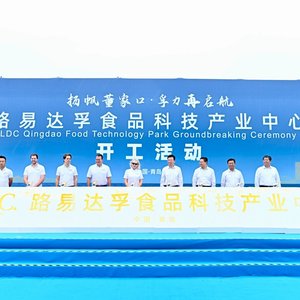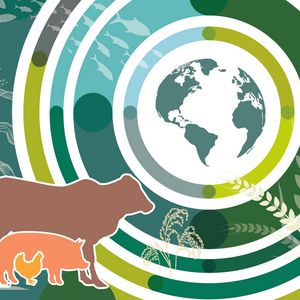Photo: Helge Skodvin
The Research Council of Norway has allocated NOK 13 million to the AquaFly project. The project will spend the next four years investigating the potential of using insects as safe and healthy ingredients of future fish feeds.
AquaFly will be looking at the use of insect meal as an ingredient of salmon feed, also in an environmental, social and economic perspective. As project leader, NIFES will be responsible for research on fish nutrition and feed safety, while our partners will be looking closely at other aspects giving the project a very broad perspective.
The project is a cooperative effort involving 12 research and industry partners. AquaFly will explore the potential to “tailor” the insect nutrient profile to meet the nutritional needs of farmed salmon.
Safe and healthy ingredient?
Marine omega-3 is essential for fish’s health. “One important aim of this project is to optimize the composition of fatty acids, so that fat derived from insects can contribute to the salmon’s need for marine omega-3,” said NIFES research director Bente Torstensen.
Previous NIFES studies have demonstrated that insect meal is a good source of protein for farmed salmon. Insects and insect larvae are an important component of the natural diet of salmon, and insect meal is therefore one of the most natural things we can add to fish feed.
Insects could feed farmed fish
The potential risks of using insect meal in fish feed will also be studied. “We want to document the content of undesirable substances throughout the production chain, from the food the insects eat to the insects themselves and finally to the salmon fillets,” says Torstensen. “All feed ingredients can contain undesirable substances, and identifying these is therefore an important aspect of assessing food safety.”
Aquafly project partners include: Bioforsk, the Norwegian University of Life Sciences (NMBU), the University of Bergen’s Centre for Scientific Theory, Uni Research, the Norwegian Agricultural Economics Research Institute (NILF), Gildeskål Research Station (GIFAS), EWOS Innovation, Protix Biosystems BV (The Netherlands), the Irish Seaweed Research Group at the National University of Ireland, Galway, the Department of Environmental Science and Technology at the University of Barcelona (Spain), and the Department of Biological and Environmental Sciences at the University of Stirling (UK).
(1 NOK = 0.15 US$)










